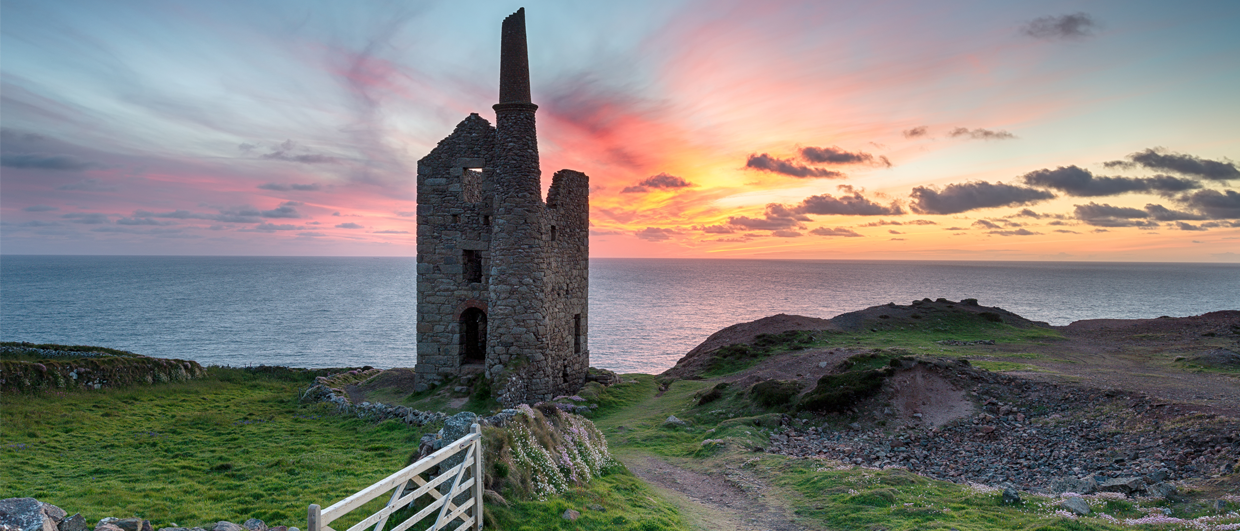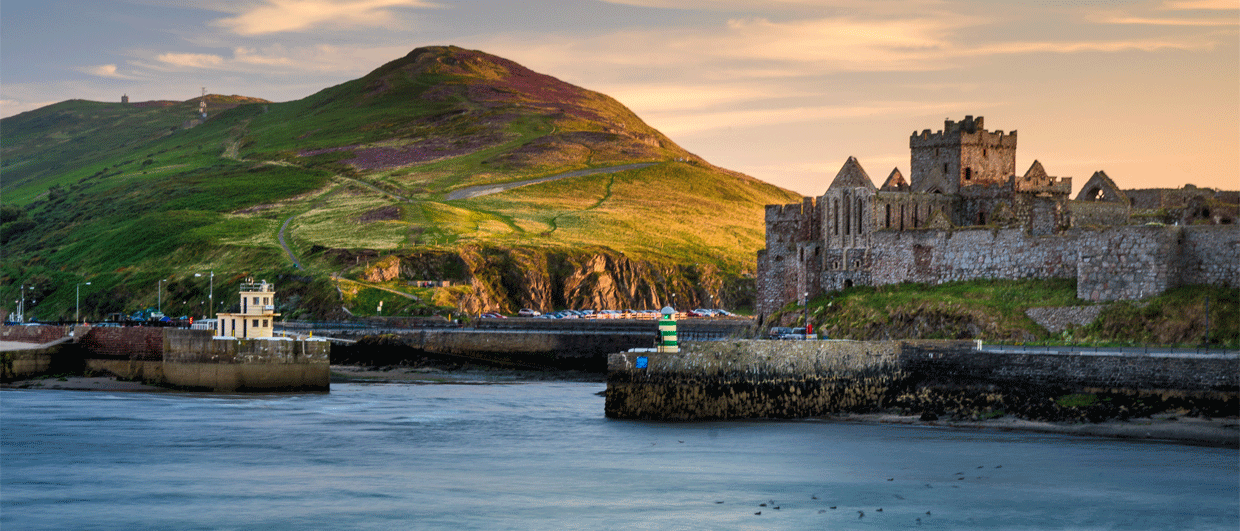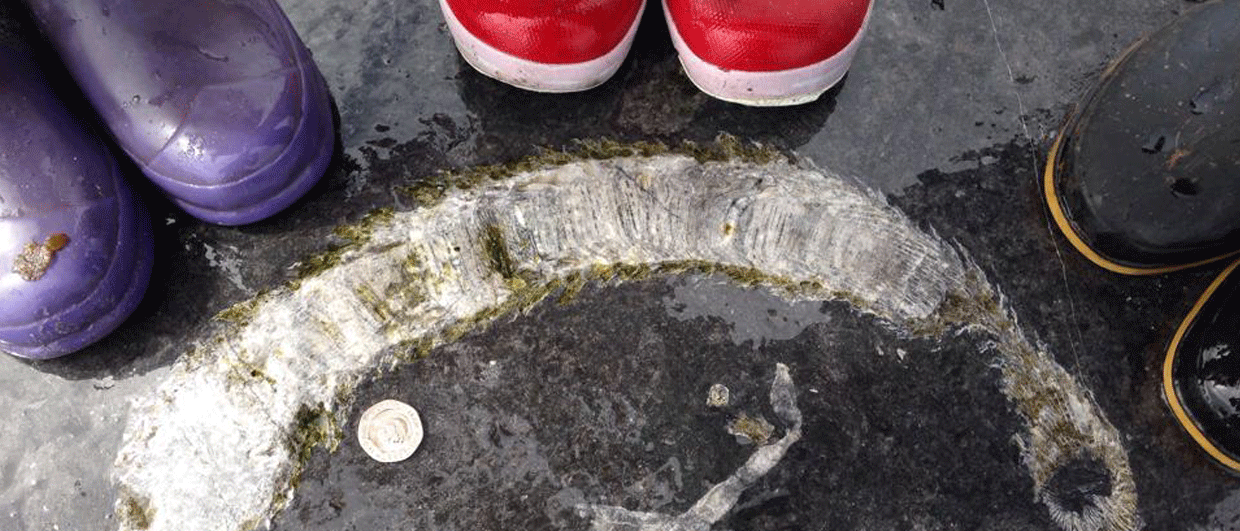My dear friend William invited me last month to Brecon, mid Wales. Another dear friend, Ian, lives in Penarth, just outside Cardiff, south Wales, so it made perfect sense to pop-in to see him enroute.
The political and community history of south Wales is all about the geology; most famously “The Valleys”, an extension of mining towns and villages each accessing incrementally deeper carboniferous coal-measures.
Penarth was a major coal exporting port and has the remnants of 19th century individual and community wealth: Grand family houses, imposing town offices, public baths, gardens and libraries, and the obligatory promenade and pleasure pier.
Ian and I took a bus north, through towns with names I was familiar with, though had never visited: Pontypridd, Abercynon, Treharris, Mountain Ash, Aberdare, Methyr Vale, Tredegar.
And then we got to Aberfan.
Aberfan is a scar in the Welsh mining collective memory. A community disaster, unimaginably horrific. On the morning of 21st October 1966, one of the colliery spoil tips, saturated with water, flowed down the hillside and engulfed the local primary school. 116 children and 28 adults died. In a moment, a town lost a generation.
Ian told how his father, a miner, was one of many who rushed to assist, pulling out child after child from the sodden, suffocating, blackness. He worked uncovering the school: 20 hours of shovelling, home for a bite to eat and a nap, and back again. Day after day. Never speaking about what he saw.
We changed buses at Methyr Tydfil, with time to enjoy lunch at a traditional Welsh Valleys Italian café. Italian immigrants arrived in the late 1800s and again in the early 1930s, escaping crushing poverty or fascism, and finding employment and safety. The cakes were Welsh, but the coffees and ice-creams were Italian.
Margaret Thatcher took a personal dislike to industries and communities that didn’t bend to her economic view of the world, and the miners and mining communities were, in her mind and her speeches, “the enemy within”. It took her ten years, but eventually her political single-mindedness destroyed mining and the miners, and with it, UK energy independence.
And as history repeats itself, we currently have political parties directing their energy policy to destroy the UK’s current energy independence of oil, and with it, North Sea communities like Aberdeenshire.
Communities based on geology. A plentiful resource and human resourcefulness. Quality jobs provide pride. Pride cements the community. Rugby, brass bands, and male voice choirs add colour.
To end: A gloriously bright day, the bluest skies, the whitest clouds. The bus headed up high into the Brecon Beacons, under the majestic Pen-Y-Fan, and that is when I remembered the travel instructions from Will, the most geological travel instructions I’ve ever been given:
”You’ll know when you’re on the approach to Brecon; the landscape changes from Carboniferous to Devonian”.
And it did, quite noticeably.
Thanks, Will. Thanks, Ian.




